Lots of constraint arises when someone wants to operate IoT devices. An IoT OS can provide fixed solutions to those constraints. The main idea of the Internet of Things is connectivity between the web and sensor-based tiny devices on a system. As we know, each IoT device has its perspective. So variability is obvious for the operating systems.
To bring new technology, giant tech companies are integrating different software and hardware with IoT operating systems. IoT operating system is software that ensures connectivity between IoT applications and embedded devices. The discussion below suggests some open source IoT operating systems that are practical to use for IoT devices.
Best IoT Operating System
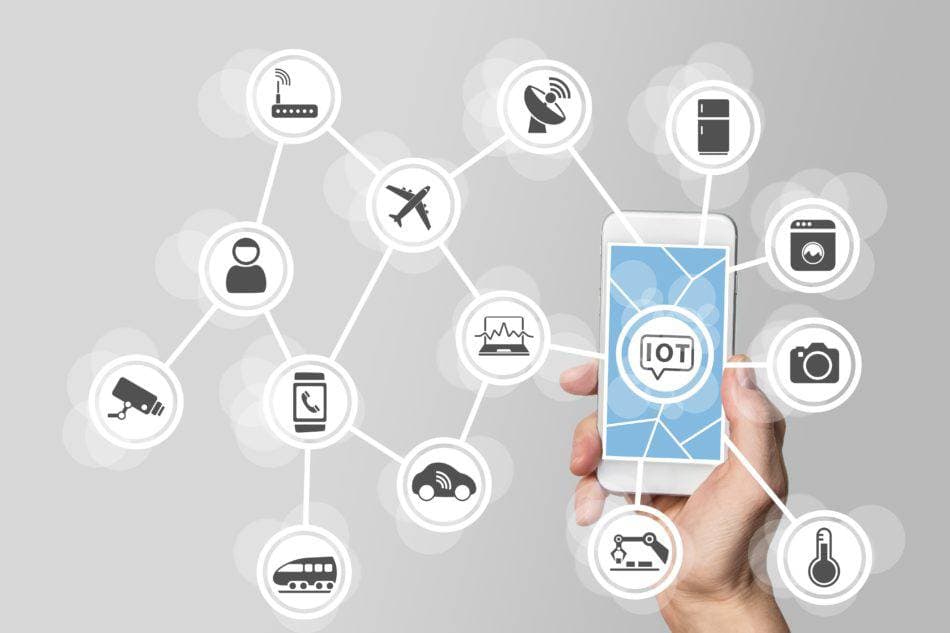
An operating system is the core program of IoT projects. Modern IoT operating system uses cloud computing technology to control IoT devices anywhere in the world. With a low memory footprint and higher efficiency, each operating system represented below can fulfill the user’s requirement.
1. Contiki
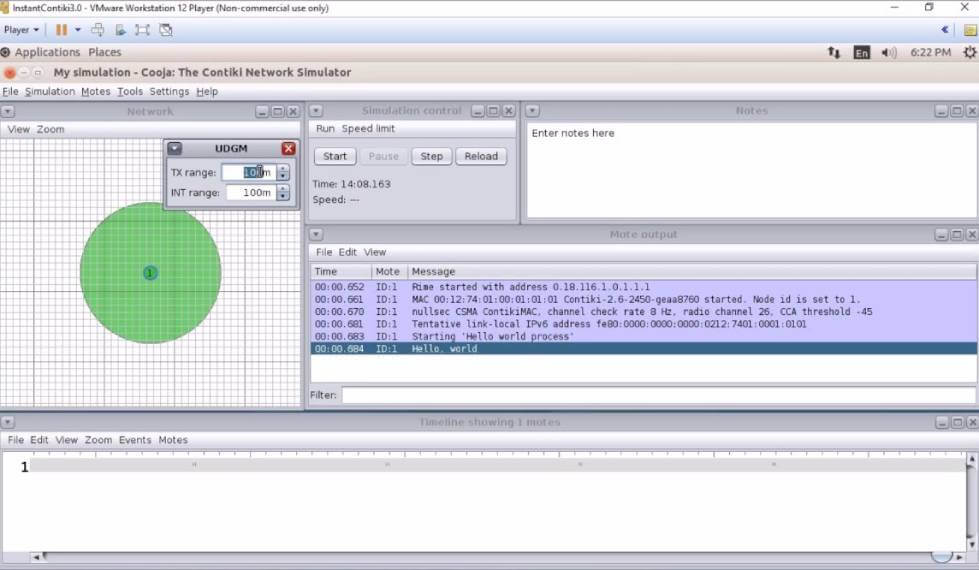
Invented in 2002, Contiki is an open-source IoT operating system particularly popular for low-power microcontrollers and other IoT devices to run effectively using Internet protocols IPv6 and IPv4. These operating systems support wireless standard CoAP, 6lowpan, and RPL. Mostly this IoT OS is very suitable for low-powered internet connectivity.
Insight of Contiki
- Multitasking ability contains a built-in internet protocol suite.
- Only 10kb of RAM and 30 kb of ROM are needed to run this Operating system.
- The core language of this operating system is the C language. Before the real-time deployment of IoT products, a simulator called Cooja tests each IoT product.
- Both commercial and non-commercial purposes exist for using Contiki.
- The Contiki programming model uses Protothread memory-efficient programming.
- Manageable by hardware platform, for example, TI MSP430x, Atmel AVR, Atmel Atmega128rfa1.
2. Android Things
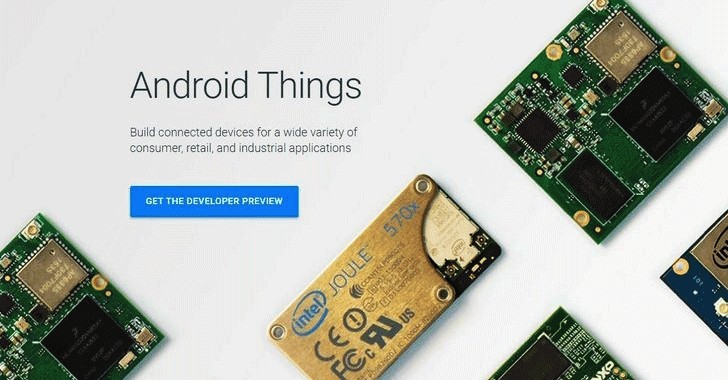
Android Things is an IoT Operating System and it is an invention of Google. As its previous name was Brillo, experts said, “Brillo is derived from android.” It can run on low power and supports Bluetooth and WiFi technology. Android Things aims to remove all obstacles and simplify IoT development. If Android Things runs well in the market, we expect Google to launch an IoT app store.
Insight into Android Things
- Android Things uses only 32-64 Kb of RAM as it is a lightweight operating system.
- Along with Android Things, Google announced it would provide a communication network protocol called Weave.
- As Android Things and Weave are connected, it is possible to detect each IoT device by Android smartphone.
- The developer kit can help to test, build, and debug each IoT solution.
- Android Things is an open-sourced technology and regularly updates every 6 weeks.
- As source code is not available, below is an example of how things are built for Android.
3. RioT
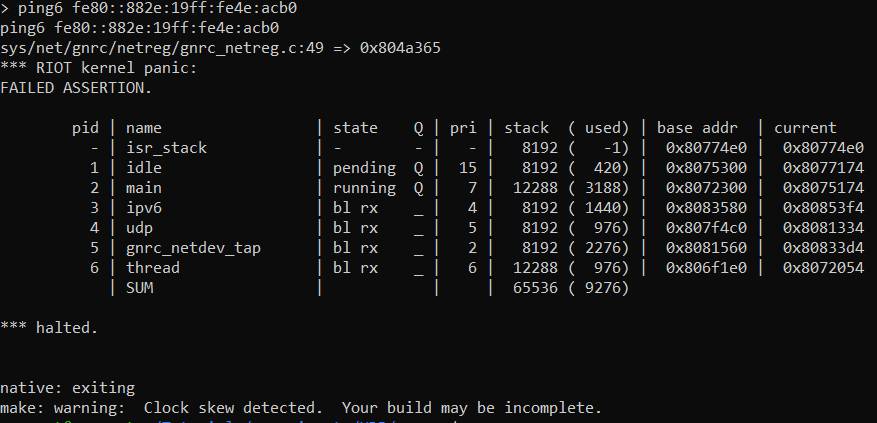
Riot is one of the free and open source IoT operating systems built for IoT services. RioT has a huge development community, and it was released under an unclonable GNU Lesser General Public License. RioT is called the Linux of the IoT world for these two reasons. Academics, hobbyists, and different companies put their contributions together to develop Riot Operating System.
Insight of Riot
- With low power use capacity, Riot is built upon microkernel architecture with C and C++ language.
- This open source IoT os supports full multithreading and SSL/TSL libraries, for example, wolfSSL.
- The processor of Riot is 8bit, 16bit, and 32-bit.
- A port of this operating system makes it possible to run as Linux or macOS process.
- Provides content-centric networking and network protocols such as TCP, UDP, and CoAp.
4. Apache Mynewt

Similar to Riot, this IoT OS is built for tinny embedded IoT devices. This is a real-time operating system under Apache License 2.0 which provides a complete environment for developing, managing, and operations of IoT devices. With rich libraries, modular-based operating systems like Apache Mynewt can work for a long time.
Insight of Apache Mynewt
- With a 6 kb kernel, Mynewt is very useful for building embedded systems (industrial IoT equipment, medical devices) among various microcontrollers.
- It provides profound connectivity with Bluetooth low energy 4.2 stack.
- Maintains up to 32 connections simultaneously.
- The console, shell, and bootloader support this operating system.
- Apache Mynewt supports priority-based scheduling, preemptive multithreading, multistage software watchdog, memory heap and memory pool allocation, etc.
5. Huawei LightOS
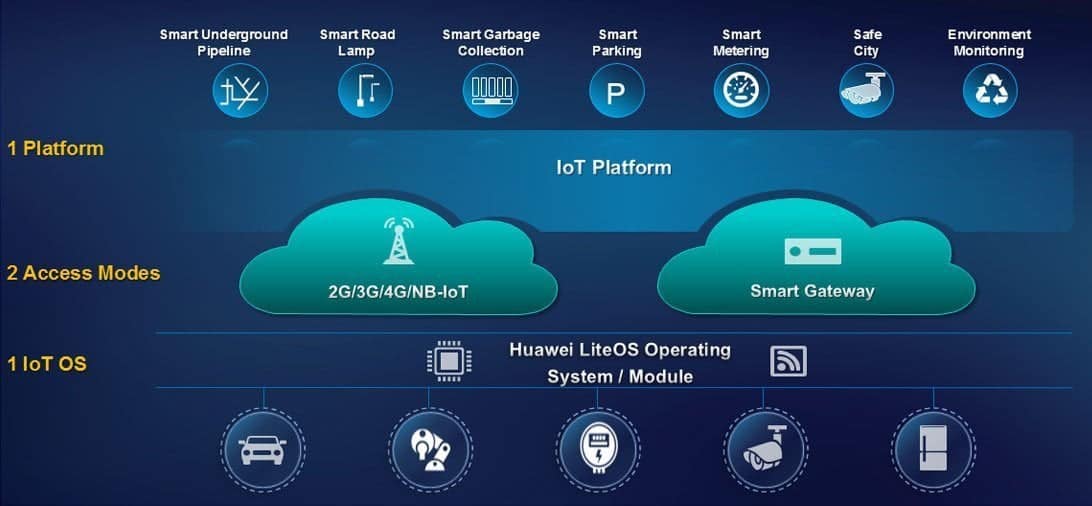
In 2015, the Chinese tech giant Huawei released an IoT operating system name LightOS. The IoT OS of Huawei provides a standard API for the diverse IoT fields. LightOS is a secure, interoperable, low-power operating system.
LightOS uses middleware to remove the extra cost of the development of IoT devices. According to the name, LightOS contains the smallest kernel (6kb) compared with other operating systems.
Insight of Huawei LightOS
- Various network access protocols of LightOS support diverse IoT products. For example, NB-IoT, Ethernet, Bluetooth, Wifi, Zigbee, and more.
- For security purposes, LightOS provides remote upgrades for terminals, two-factor authentication, and encrypted transmission.
- Suitable for operating system components such as queue, memory, time and task management, and more.
- According to a report, Huawei exports 50 million IoT devices containing LightOS.
- Accumulation of static function, low power consumption, and real-time data representation are the core features of the LightOS kernel.
6. Zephyr
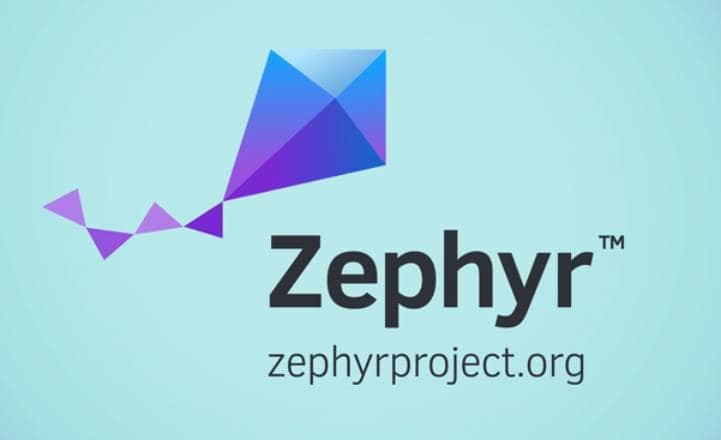
Zephyr is a real-time operating system (RTOS) built for IoT applications that get support from Linux Foundation. Easy integration of various IoT architectures makes it popular among IoT specialists. Interconnectivity technology (Example: Bluetooth LE, Wifi, 6Lowpan, NFC)is the most prominent characteristic of this IoT Operating System. It is a library-based operating system with reliable memory protection.
Insight of Zephyr
- Zephyr is a highly configurable, modular open-source IoT OS that uses device tree support(DTS).
- Offers an extensive suite of kernel services, non-volatile storage support, virtual file support, etc.
- A system development kit with appropriate documentation is available.
- Threat modeling, Code review, and penetration testing provide security.
- 8kb of Ram and 512 kb of ROM are necessary to operate this operating system.
- Developers of Zephyr are working to bring a universally adoptable IoT operating system platform.
7. Snappy
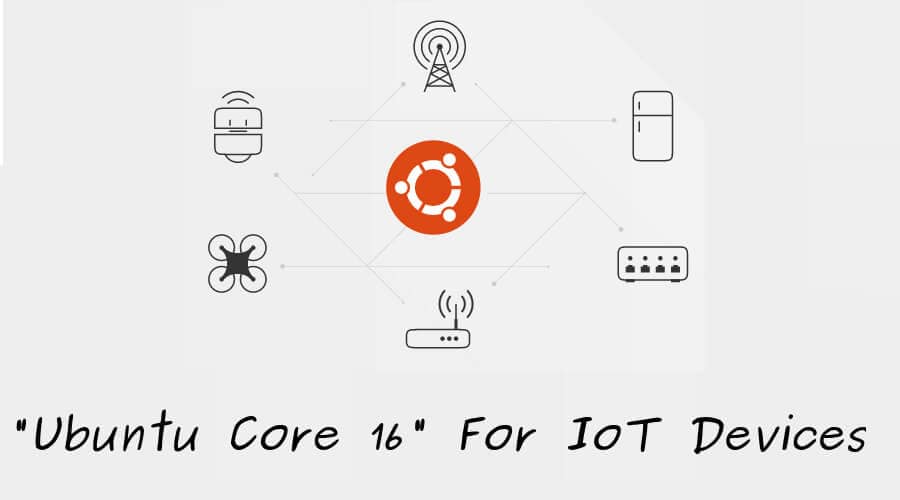
Snappy is a Ubuntu core IoT OS. The snappy is copied from the Linux package snap, including libraries, kernels, and major applications. Snappy keeps itself updated at regular intervals for smooth operations of IoT devices. Cloud management of Snappy is good because its IoT application provides an efficient result as servers and devices share the same cloud platform.
Insight of Snappy
- Snappy guarantees strong security to IoT devices with the help of Ubuntu community research.
- Automatic upgrades can be rolled back if needed.
- To add multiple functionality and application, information on the Operating system and application is saved as a read-only image.
- Distributes applications as Snap is a native packaging system.
- Key-based authentication ensures the exact application run.
8.TinyOS
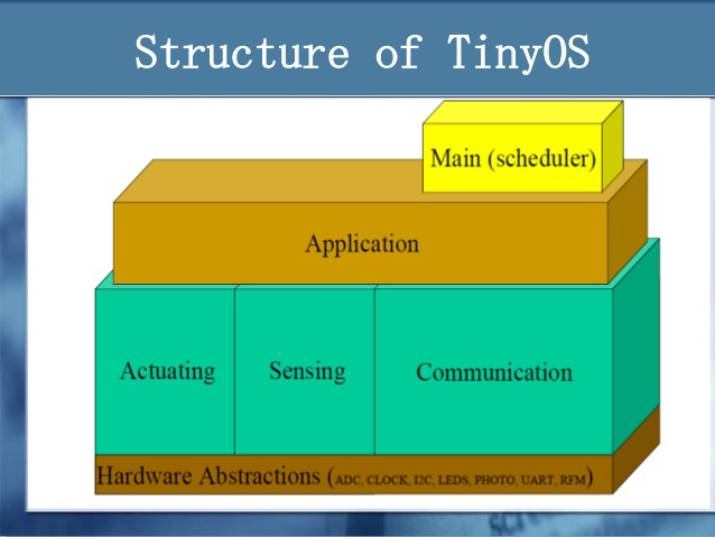
TinyOS is a component-based open-source operating system. The core language of TinyOS is nesC, a C language dialect. TinyOS is popular among developers for its memory optimization characteristics. A component of TinyOS neutralizes some abstractions of IoT systems, for example, sensing, packet communication, routing, etc. The developer group of this IoT Operating System is TinyOS Alliance.
Insight of TinyOS
- ESTCube-1 is a space program that uses this operating system.
- Network protocols, sensor drivers, and data acquisition tools are part of component libraries.
- Mostly use, wireless sensor networks as its architecture is designed in that way.
- Large-scale use of this operating system contributes to simulating algorithms and protocols.
9. Fuchsia

The demands for diverse IoT operating systems are increasing day by day. Fuchsia is a microkernel-based operating system summed up with effective connectivity solutions. Fuchsia runs well on low-powered devices. IT specialists are guessing that there is a possibility that Fuchsia might replace Android OS in the near future.
Insight of Fuchsia
- The use of Node.js on the operating system ensures applications run on phones, tablets, and IoT devices.
- The development language of this operating system is Dart, Go, Rust, C, and C++.
- Uses card-based design on the user interfaces for multiple application management.
- Uses software development kit Flutter for user interface and apps.
- Microkernel’s name of Fuchsia, is Zircon, taken from a mineral name.
10. Windows IoT

Why would Microsoft be left behind in the race for embedded systems? Windows 10 IoT is a family of Windows 10 operating systems for the IoT sector. Besides, Windows IoT is divided into two-part. One is Windows 10 IoT core to support small embedded devices. Another one is Windows 10 IoT Enterprise from the industrial perspective.
Insight into Windows IoT
- IoT enterprise operating system runs on the ARM processor.
- It leverages IoT connectivity and cloud experience and offers various organizations to connect with IoT devices.
- Windows IoT core provides manageability like Windows 10 operating system, although it acts like an app.
- Windows IoT core does not support Cortana and FileOpenPicker, which are available in Windows 10.
- With the hybrid kernel, this is not an open-source operating system.
11. TizenRT
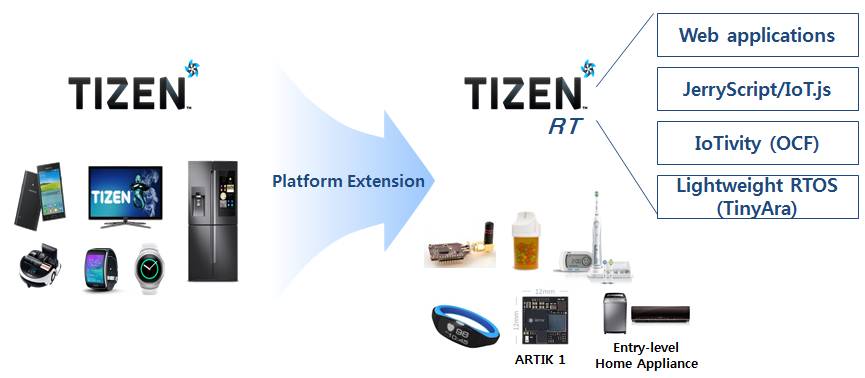
It is a Linux-based operating system invented in 2011 for both mobile applications and small embedded systems. An upgraded version of Tizen can support smart TV, vehicles, home appliances, and more. Samsung Electronics use this operating system mostly for its IoT development. Tizen’s development was such a way that it could offer flexibility to application developers, device manufacturers, and mobile operators.
Insight of TizenRT
- It uses a shared infrastructure called “Tizen Common” to sustain the primary purpose of IoT development.
- This IoT OS was developed so that mobile operators can customize their products according to the demographic needs of an area.
- Programming languages C, C++, and Html5 are the languages to develop Tizen.
- The kernel type of Tizen is monolithic compared to Android OS, and this one is much more lightweight.
12. Raspbian
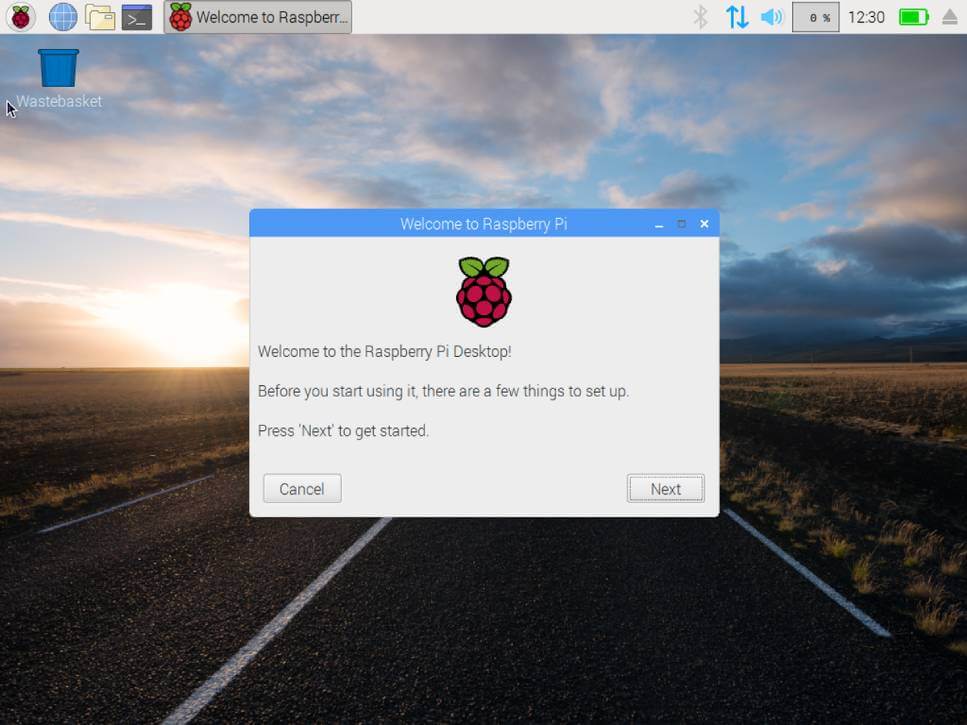
Raspberry Pi is one of the most used devices for IoT development, and Raspbian is its own operating system. Raspbian is highly flexible for Raspberry Pi lines CPUs. Raspbian provides a huge number of pre-installed IoT software for general use, experimental, educational purposes, etc. This is a Debian-based IoT Operating System for all models of Raspberry Pi.
Insight of Raspbian
- Active development of Raspbian is still going on as demand for this operating system is increasing.
- Raspbian Buster and Raspbian Strech are two versions of the Raspbian operating system.
- The main desktop environment is PIXEL which is a Pi-improved x-window environment.
- Raspbian uses a computer algebra program “Mathematica” and a version of “Minecraft.”
- The kernel is similar to the Unix kernel.
Get Raspbian OS
13. Amazon FreeRTOS

Amazon FreeRTOS is an open-source microcontroller-based operating system for IoT development invented by Amazon. Enriched software libraries make it easy to connect with small IoT devices.
This IoT Operating System uses the cloud service of Amazon Web Service called AWS IoT Core to run the IoT applications. The memory footprint is only 6-15kb, making it a more adaptable small, powered microcontroller.
Insight of Amazon FreeRTOS
- Code modularity and task prioritization features help to meet the processing deadline with power optimization.
- Using the standard generic access profile and generic attribute profile (GAP) via Bluetooth low energy makes it more effective.
- Amazon invested a lot of money in the development of IoT data security.
- Users can maintain diverse architecture with this technology.
- IoT device tester ensures the possibility of IoT devices to integrate with cloud service.
- It has become a standard of microcontroller-based operating systems in the last few years.
14. Embedded Linux
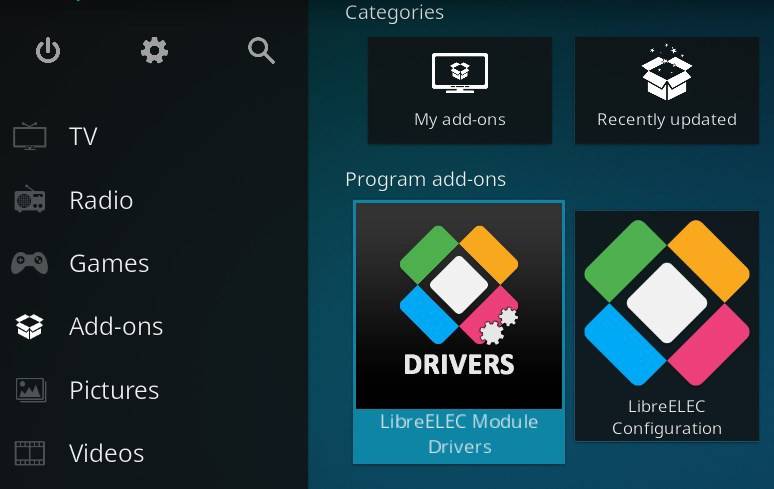
Embedded Linux is an operating system built for embedded devices, although it uses the Linux kernel. The smaller size and power of embedded Linux help integrate all IoT device requirements.
Android OS uses embedded Linux with customized interfaces for the smartphone. Similarly, this IoT OS is also applicable for smart TV, navigational devices, tablet pc, smart tv, wireless router, etc.
Insight of Embedded Linux
- As embedded Linux is free and open-source with a large community, lots of contributors regularly develop this operating system.
- Software platforms that use embedded Linux kernels are Busybox, Mobilnux, and Maemo.
- It covers only 100kb of memory space, making it faster and more reliable.
- The flexibility of configuration is not found in other operating systems.
- Embedded applications (Example: SQL Lite, Boa, thttpd, PEG, NANO) supported.
15. Mbed OS
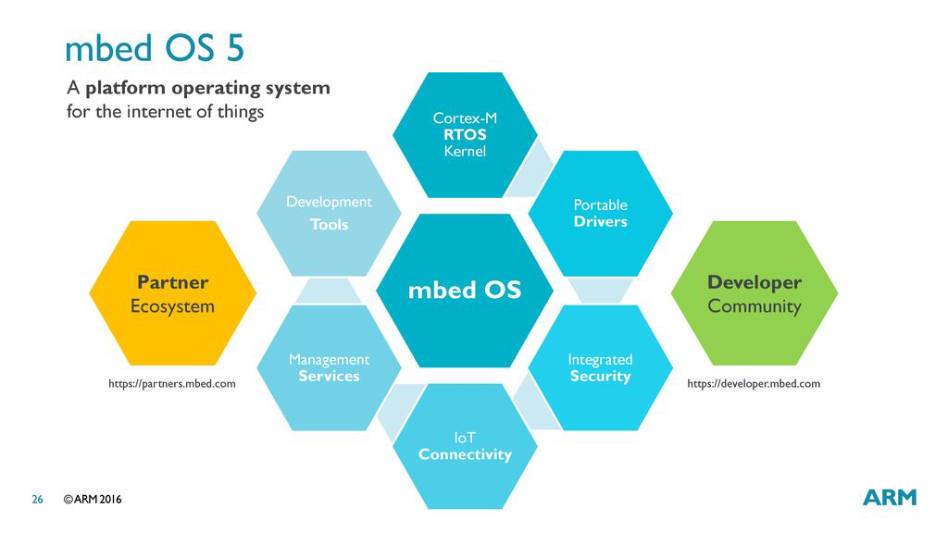
To develop IoT-embedded products, the Mbed operating system uses an ARM processor. This is a free, open-source operating system focusing on IoT projects. A significant number of connectivity options include Wifi, Bluetooth, 6LowPan, Ethernet, Cellular, RFID, NFC, Thread, and more. The multilayer security of this IoT operating system provides profound reliability to customers.
Insight of Mbed OS
- The developer can make a prototype of IoT applications with the use of ARM cortex M-based devices.
- From the rich library, required supporting updates are automatically added to IoT applications.
- Mbed OS API can keep your code clean and portable.
- Uses SSL and TSL security protocols for the security of the online application.
- It provides a large number of code examples to show how to integrate API into each application.
Finally, Insight
Open-source IoT operating systems give us a platform to check the functionality of IoT products in an easy manner. The IoT operating system mentioned above is mostly open-source and comes free of charge.
We hope that the modern IoT Operating System with all its features will accelerate the changes in technology and bring some innovative IoT Trends, which will ultimately shape our future.
Saying that, let us know if we missed any important topic or any important IoT operating system to cover. Please take some time to write your opinion about this article’s comment box below. Besides, don’t forget to share on social media if you like this article.
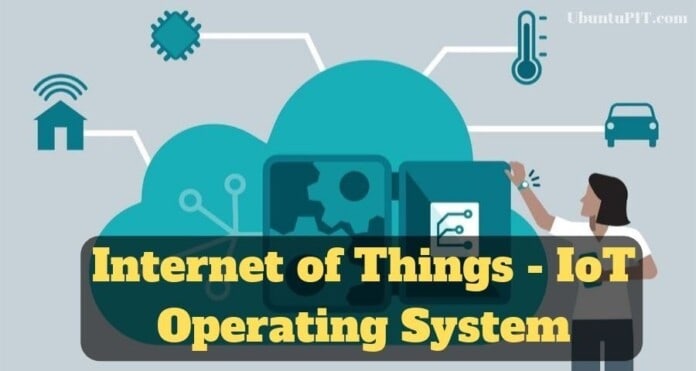
Nice top 15, but how will the list look like if it’s sorted by security criteria?
How secure are the routers with embedded Linux?
Where is QNX? Are you not at all aware of it? FYI it has been best in class.